Announcing the Winners of the 2025 One-Liner Competition
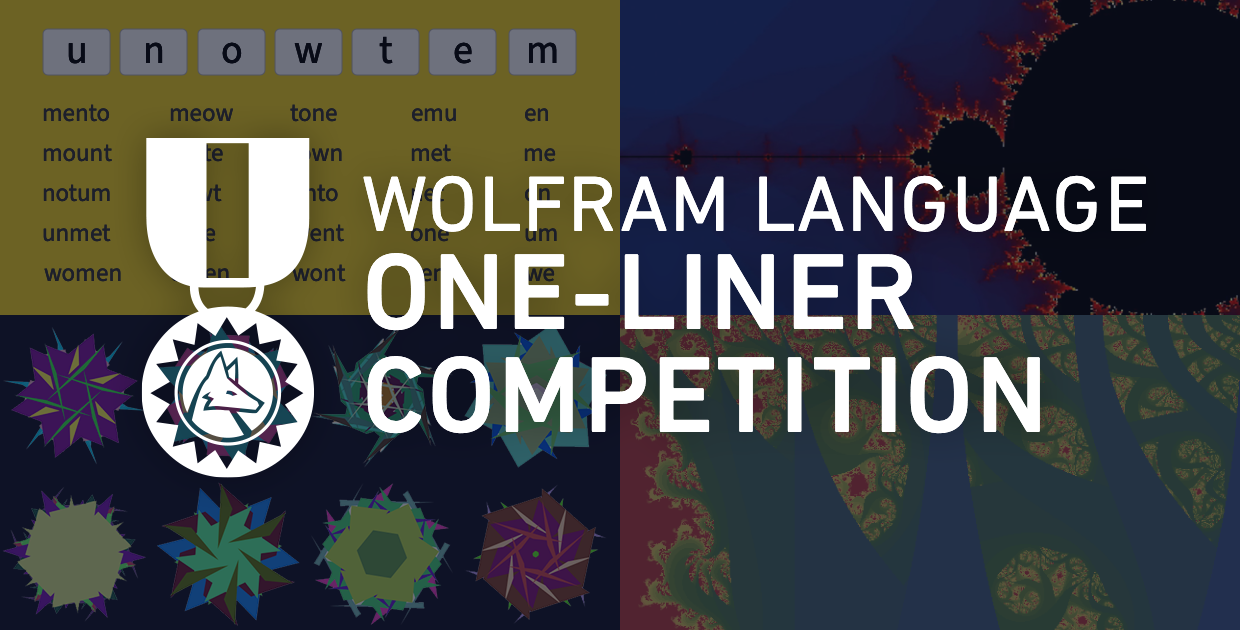
Another year means another 2025 Wolfram Technology Conference, which means another One-Liner Competition. Each year, participants are challenged to show off their Wolfram Language skills in this contest to create the most incredible and original output using 140 characters or less without using 2D typesetting constructs or pulling in linked data.
Entries from conference participants were judged anonymously by Wolfram staff. Judging criteria included aesthetics, understanding of the output and original use of Wolfram Language. Please note that entrants may have written one-liners on different versions of Wolfram. While our judges were able to verify each entry listed was fully functional, there may be errors generated in reproducing inputs based on your version.
 Engage with the code in this post by downloading the Wolfram Notebook
Engage with the code in this post by downloading the Wolfram Notebook
Among the Top Ten…
Sean Cheren: Japanese Transliteration (130 characters)
Sean Cheren’s one-liner solved a real-world problem of his in his quest to learn languages. His submission transliterates Japanese and offers an audio sample to help the user practice.
Cheren included a description with his submission: “As I’m learning a little bit about languages I can’t quite read or pronounce yet, seeing the romanized translation and [hearing] an audio [recitation] gives me a chance to try to enter hiragana I learned in Duolingo and see if it matches what I was hoping. This was extra fun because the ‘WO’ and ‘LF’ sounds don’t translate well to Japanese, so the name is still best written in Latin characters, not katakana, which would typically be used to sound out foreign words. I used katakana to get as close as I could to ‘o-fu-ra-mu,’ without Latin characters in this example”:
![t[s_,l_] t[s_,l_]](https://content.wolfram.com/sites/39/2025/11/bl111725img1.png)
Shenghui Yang: Truncated Ramanujan Tau Embedded in Hyperbolic Space (134 characters)
Shenghui Yang’s Truncated Ramanujan Tau Embedded in Hyperbolic Space looks like an entrancing rainbow tunnel:
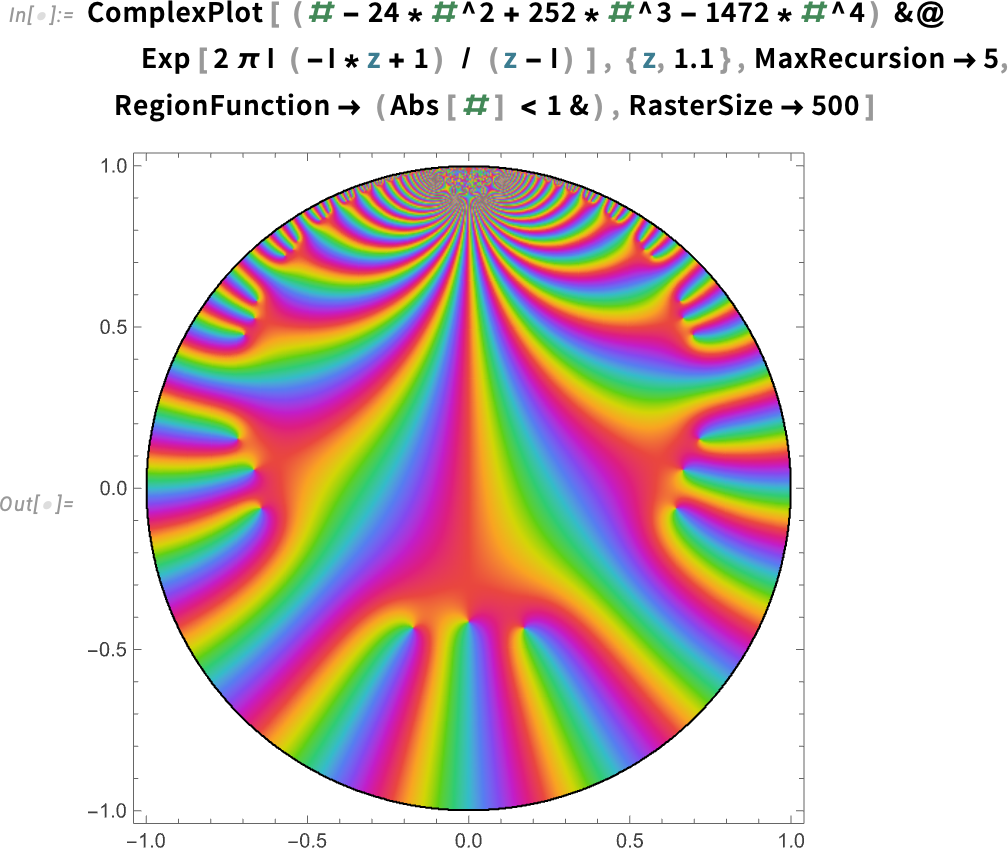
Weiguo Yin: Plot of the Generalized Golden Ratio (136 characters)
Weiguo Yin’s submission plotted out the golden ratio in just 136 characters. Yin’s use of different colors created a hypnotic swirl of perfectly balanced colors. With a few more characters to set a black background, or simply in dark mode, the plot is even more impressive:
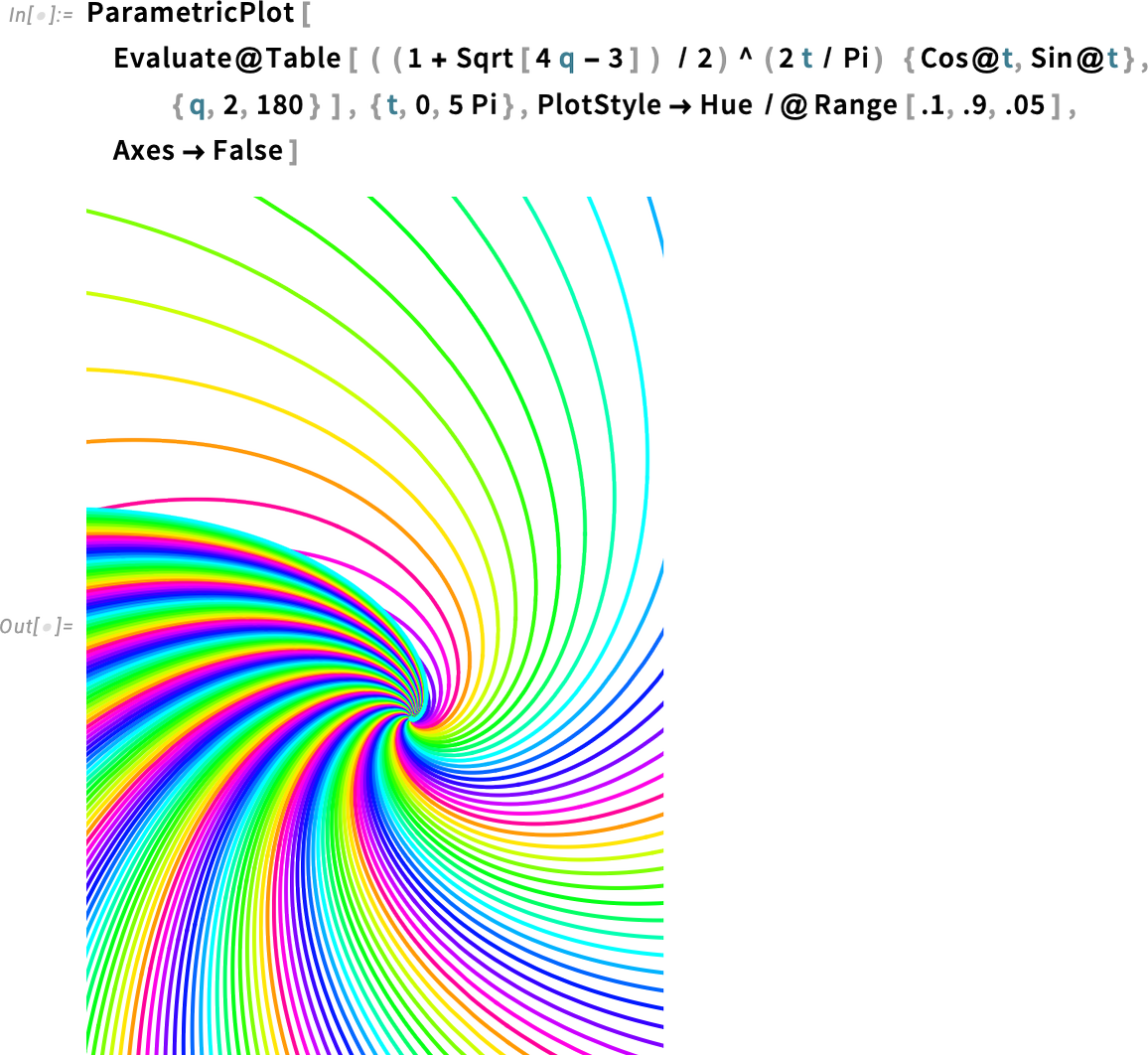

Honorable Mentions
Gay Wilson: Food Group Image Collages (108 characters)
Gay Wilson’s submission, in just 108 characters, creates a collage of food images based on a random generated genre—from complete meals to drinks to sides:
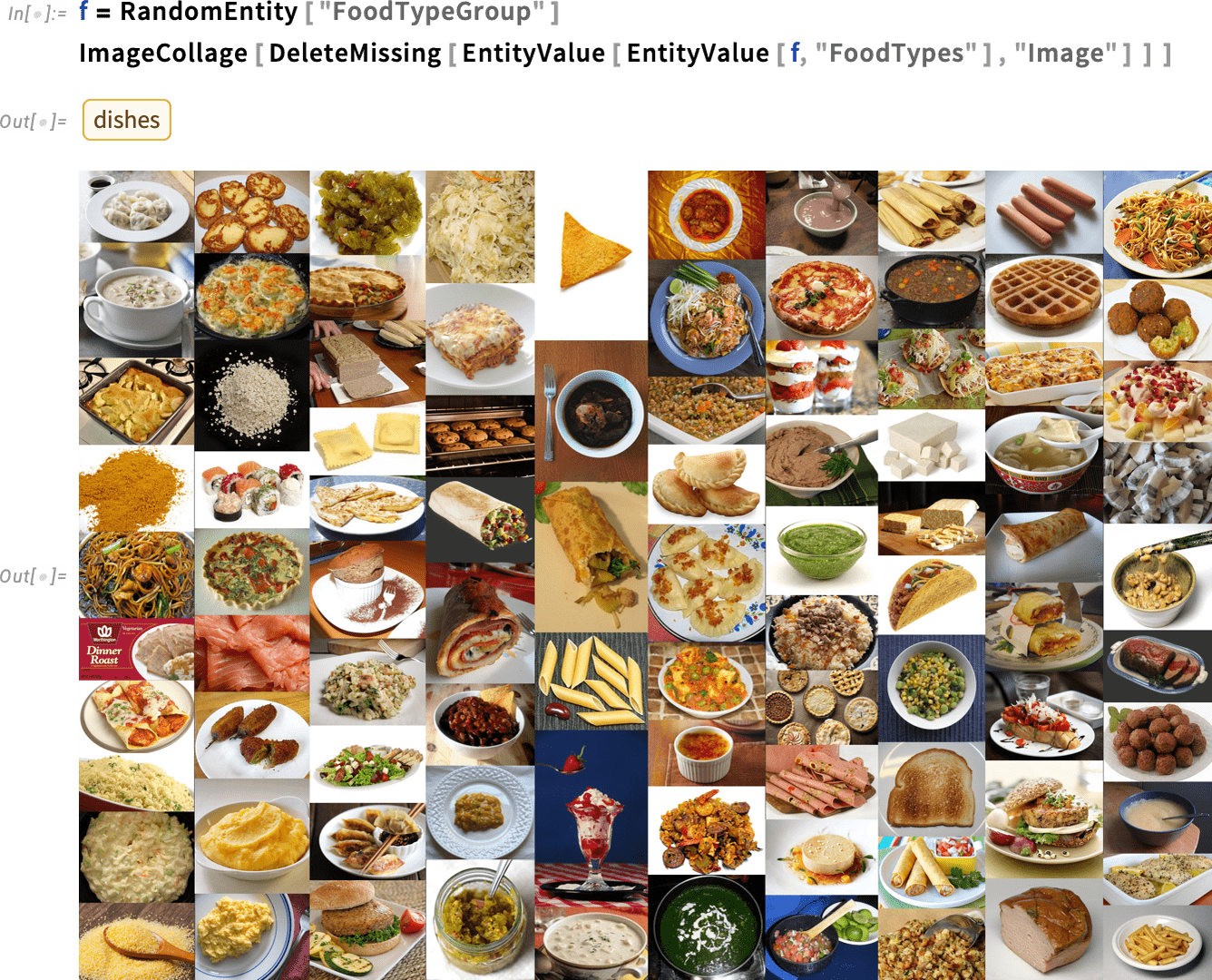
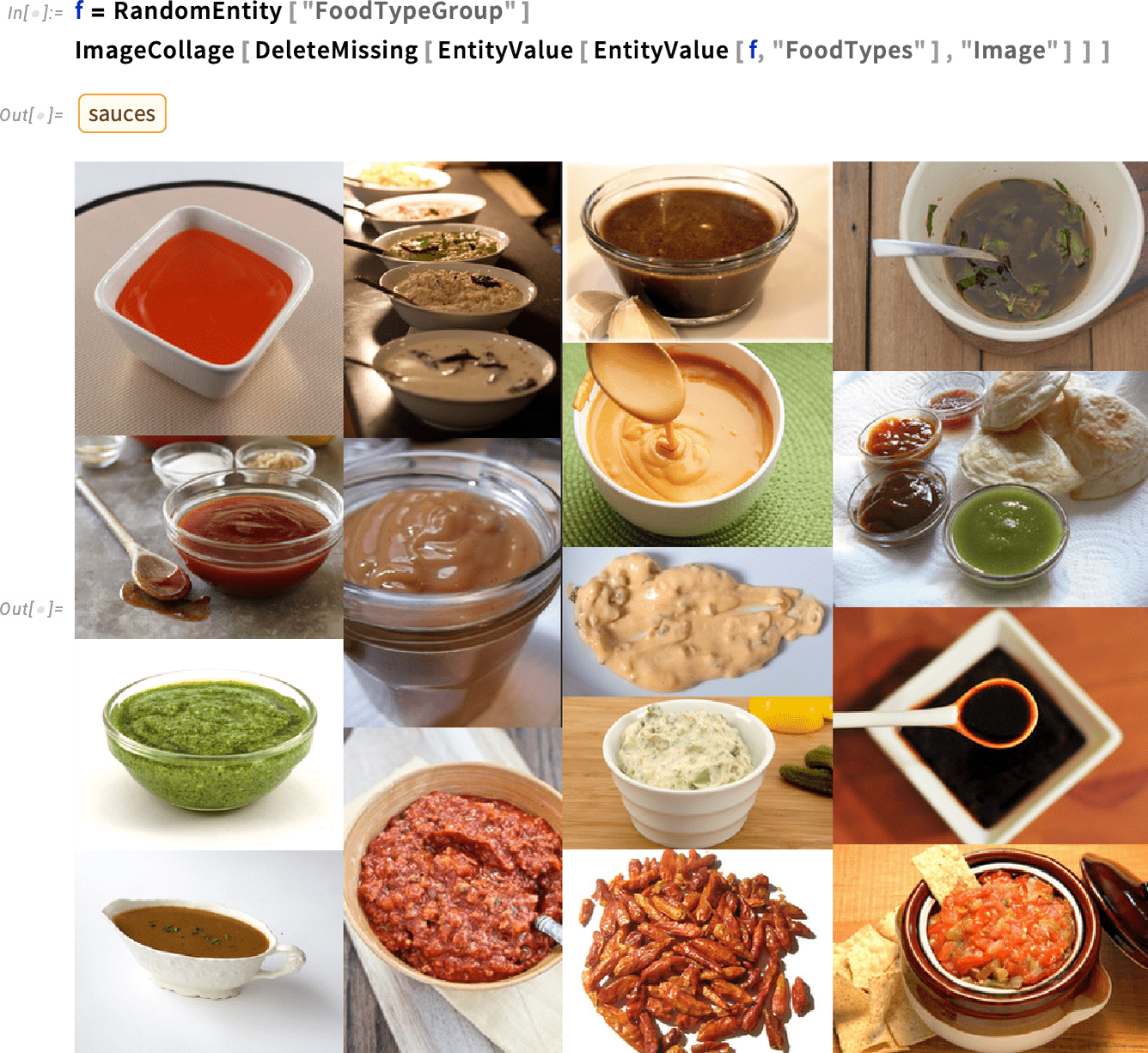
Andreas Hafver: Alphabet Animals (121 characters)
Andreas Hafver’s submissions uses LLMFunction to assemble a series of images with animals for each letter of the alphabet. Judges found the outputs to be adorable and fun:

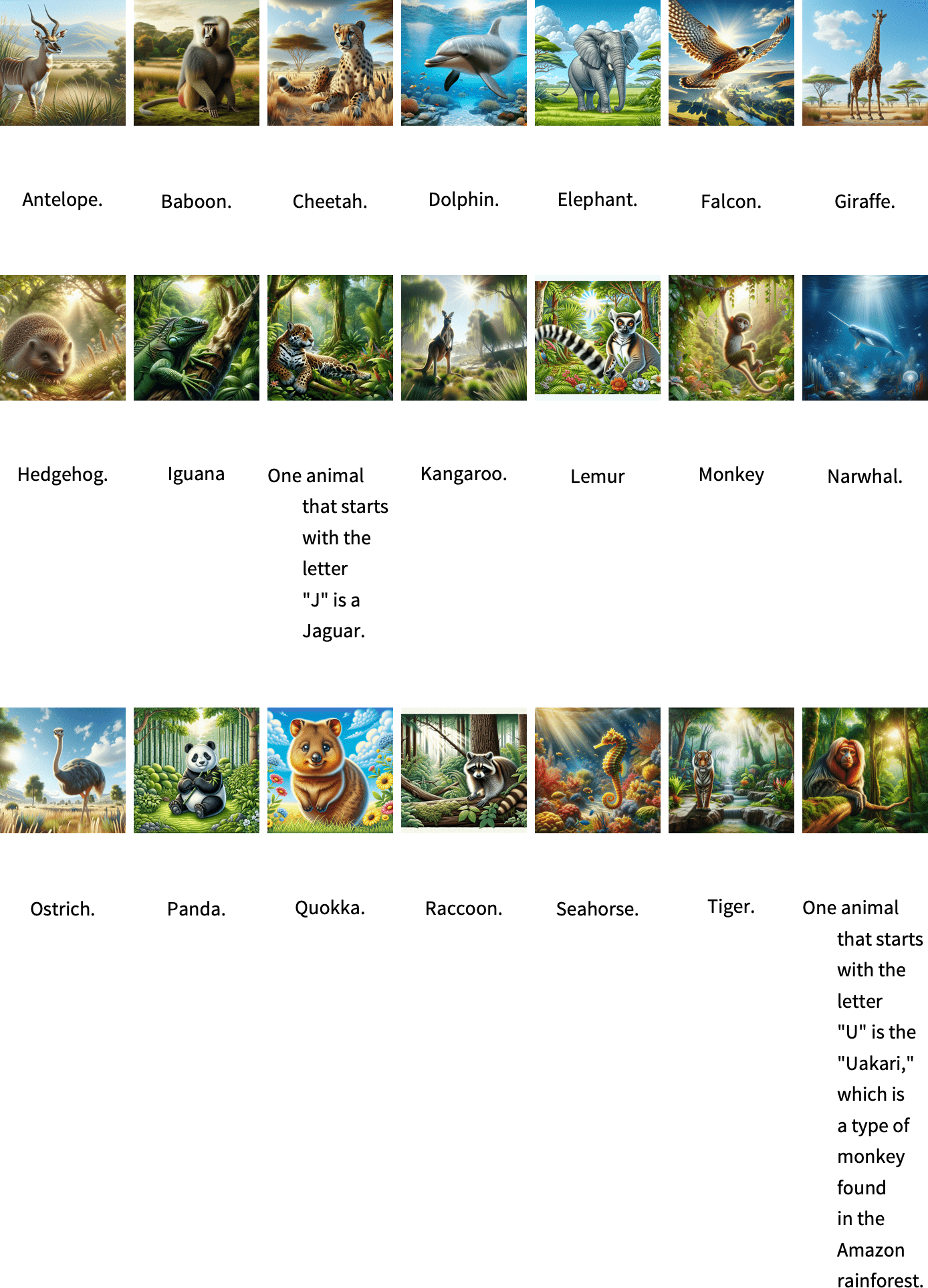
Curious Mention…
Noah Hardwicke: Control Light/Dark Mode with Your Personal Mode (139 characters)
Noah Hardwicke’s submission is an interactive experience, creating a mood ring out of your notebook. Hardwicke’s one-liner uses your camera and facial recognition to detect whether you are smiling or frowning and then switch your notebook from light to dark mode accordingly. With the right muscles, you could be in for a computational dance party! Don’t forget to end your $FrontEndSession to return to normal:
![h = = [happiness]; h = = [happiness];](https://content.wolfram.com/sites/39/2025/11/bl111725img9.png)
Third Place
Aaron Writtig: Fractal Forest (127 characters)
Aaron Writtig’s fractal forest generates a creepy forest of fractals. Complete with layers and varying levels of grayscale, judges felt the ominous woods leapt right out of a Tim Burton movie:
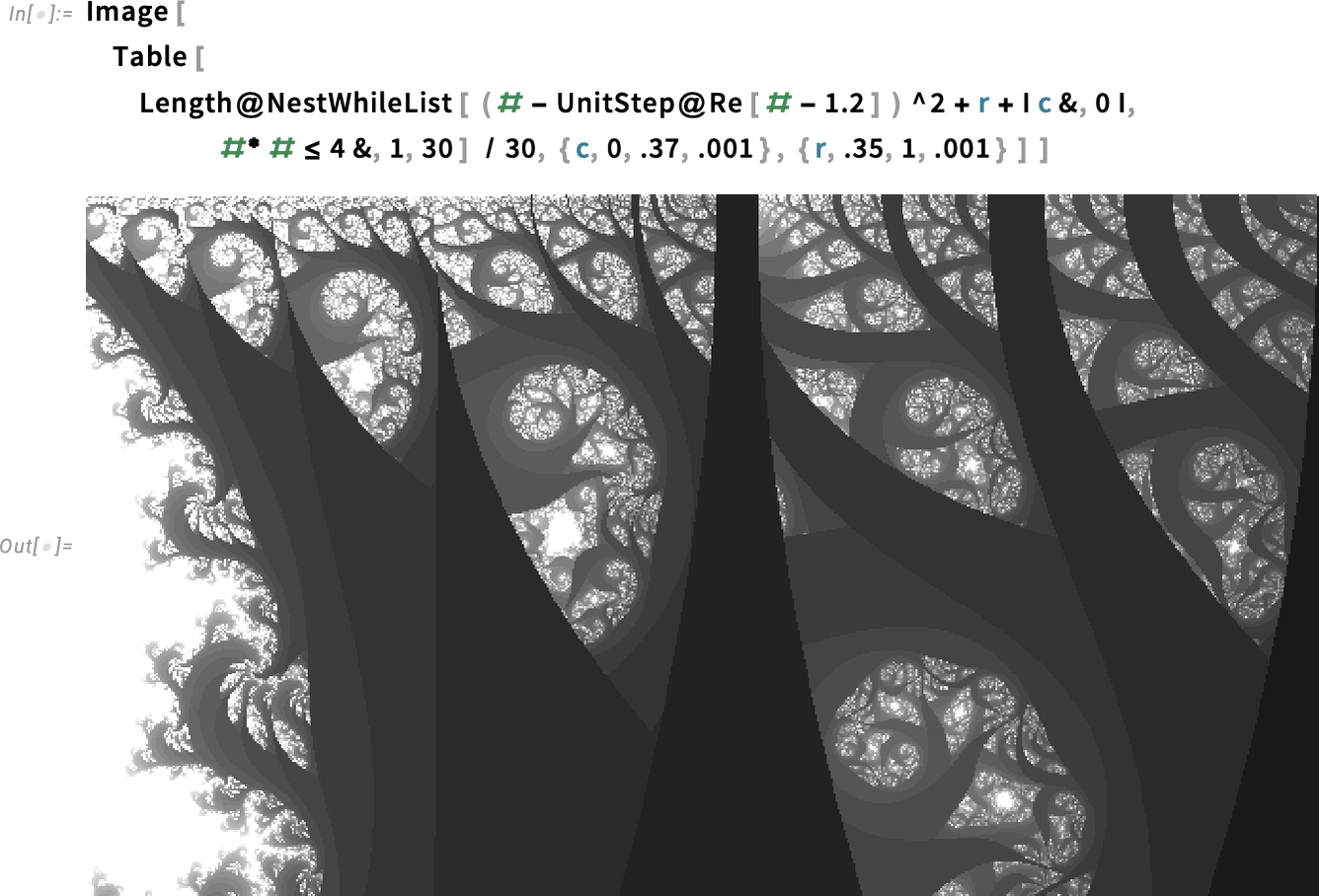
Judges also realized wrapping this code with Colorize produces a nice color version of the forest, and it still fits into the character limit:

Second Place
Xiaofan Zhang: Triangle Rotations (140 characters)
Xiaofan Zhang’s submission randomly generates bright and colorful polygons stacked on top of each other. Each unique result falls somewhere between flowers and kaleidoscopes:
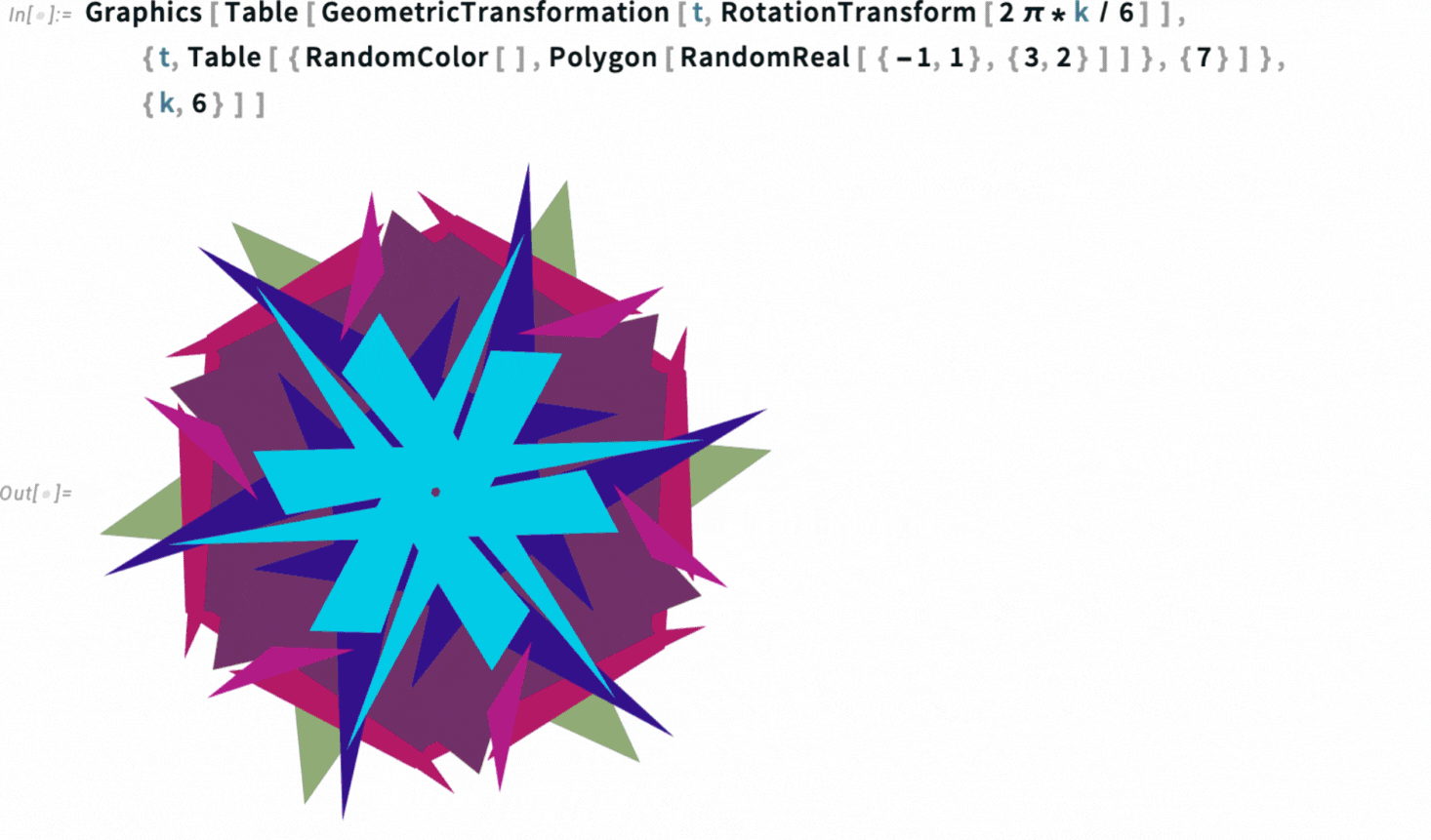
First Place(s)
Michael Sollami: Spelling Bee (140 characters), Zoomer (126 characters)
Michael Sollami, a longtime participant of the One-Liner Competition, has once again taken the contest by storm with two submissions the judges deemed worthy of first place.
Sollami’s first submission was inspired by the New York Times Spelling Bee—an anagram game to make as many words as possible out of seven random letters. His submission shows all the tricks one can use to make code fit into the character limit. From giving a function, like Button, a one-character variable name to leaving out semicolons and using infix notation, Sollami shows that he knows how to make fascinating code in 140 characters:
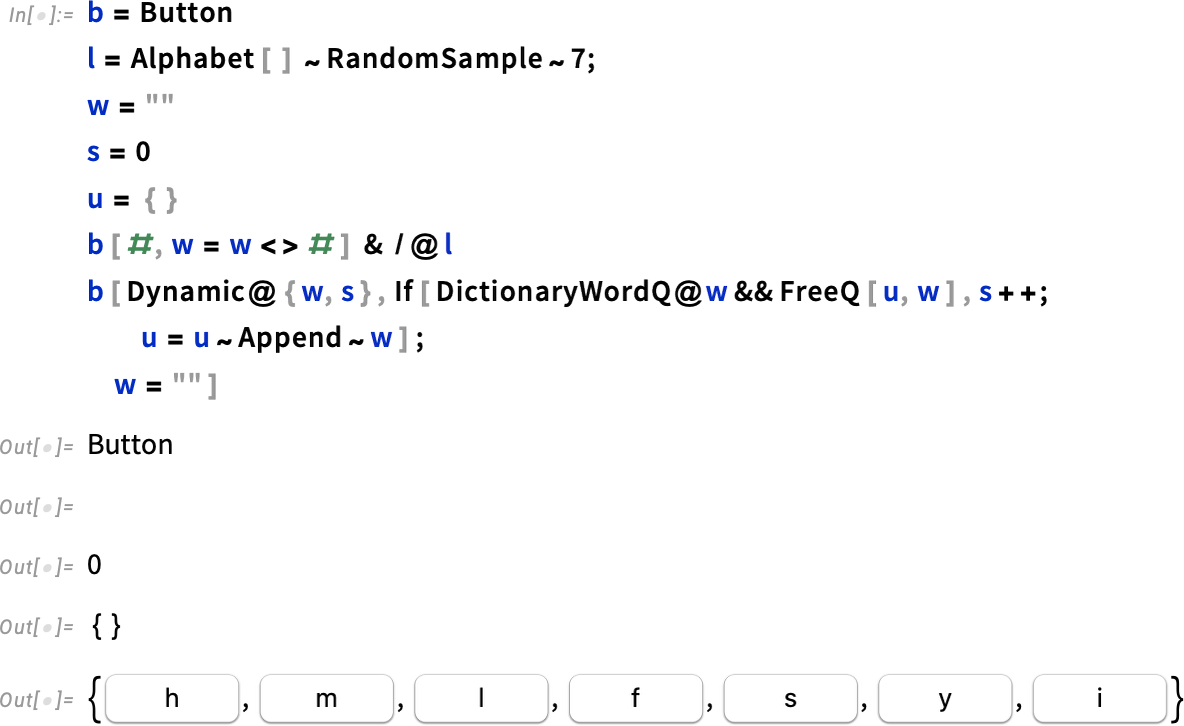
Sollami’s second submission creates a mesmerizing video that infinitely zooms in on a Mandelbrot set:

Thank you to all who participated in the 2025 One-Liner Competition! We look forward to seeing you next year at the 2026 Wolfram Technology Conference.
Have your own amazing one-liner to share? Post it on Wolfram Community or tag us on social media!

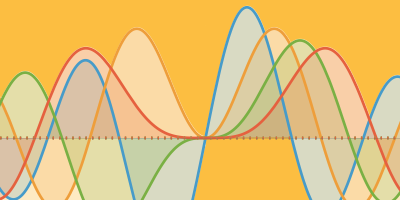
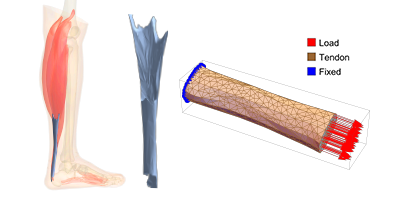
Comments